Brief History of Scripts in Calligraphy - Japanese Culture and a Joyful Heart

Souun Takeda, a calligrapher and contemporary artist, introduces Japanese culture in a series of original essays. In the ninth installment, he tells us about the various traditional scripts and their history, and how hiragana characters came into being.
Souun Takeda, Calligrapher and Contemporary Artist
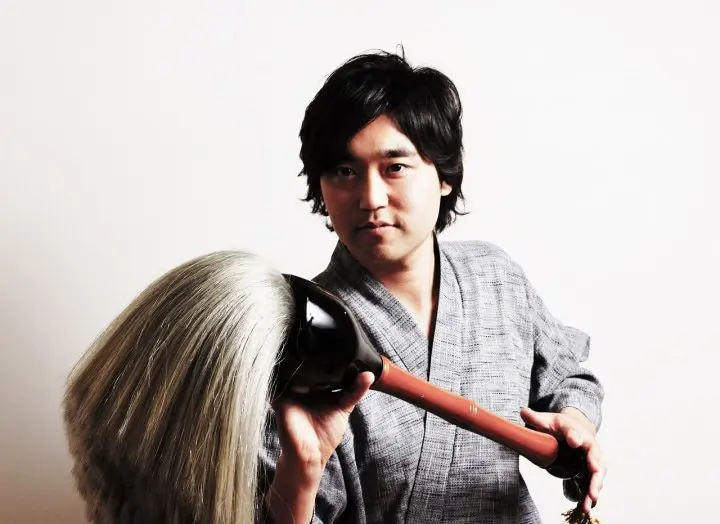
Picture courtesy of Souun Takeda Office.
Souun Takeda, who hails from Kumamoto Prefecture, is a calligrapher and contemporary artist, born in 1975. After working as a company employee, he started his career as a calligrapher in 2001 and has produced various title credits for TV programs and movies. Currently, he hosts calligraphy workshops and exhibitions all over the world.
In this essay series, Mr. Takeda talks about the essence of Japanese culture through calligraphy.
Part 9: The Five Scripts in Calligraphy
Japanese calligraphy uses Chinese characters. As I wrote in Part 8 of this series, Chinese characters, which derived from hieroglyphic characters, were established by the First Emperor of the Qin Dynasty, who unified China around B.C. 200.
The script at the time was called tensho (seal script). As papers were rare, the characters were engraved on stones and copper objects.
Around A.D. 100, Cai Lun, a court official of the Eastern Han dynasty, improved the papermaking process, which made paper itself more popular. As writing on a paper is easier than engraving on a stone (or copper), the propagation of paper changed the calligraphy scripts.
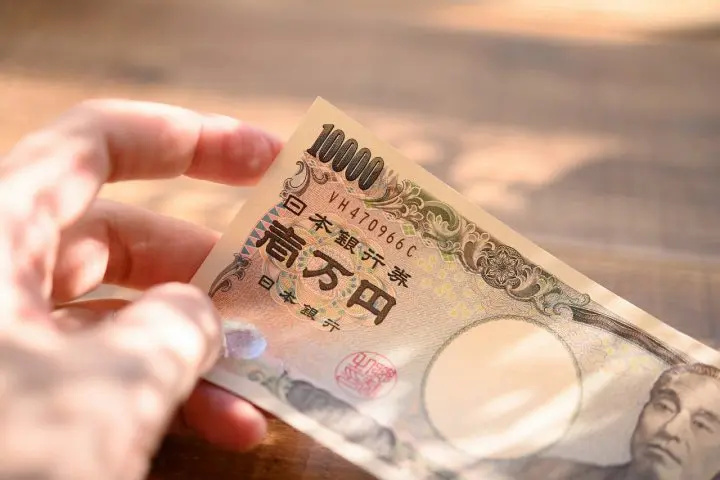
Photo by Pixta.
With the proliferation of paper, reisho (clerical script) became popular. It may be ancient but it's still used widely in Japan today. Reisho characters are used on Japan's paper currency.
This script was employed due to its elegance, and also because it can be read easily.
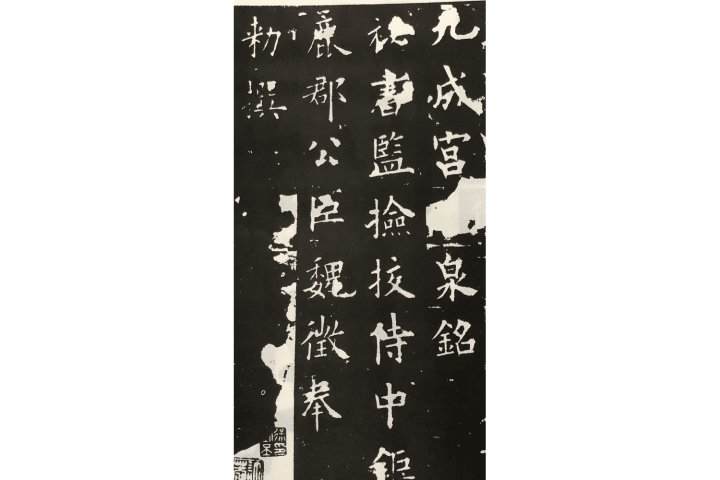
Kaisho script. Picture courtesy of Souun Takeda Office
Kaisho (regular script) came next. It is said to have been established in the days of the Sui dynasty (6th to 7th century) and refined in the Tang dynasty (7th to 10th century) era.
The Stele in the Jiucheng Palace, written by the calligrapher Ouyang Xun, is hailed as the "ultimate model of kaisho."
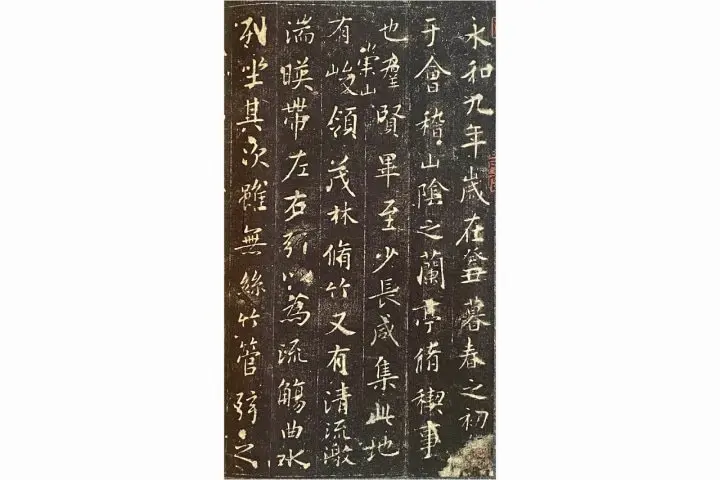
Gyosho script. Picture courtesy of Souun Takeda Office
Gyosho (semi-cursive script), a slightly abbreviated version of kaisho, was created so that characters could be written more swiftly.
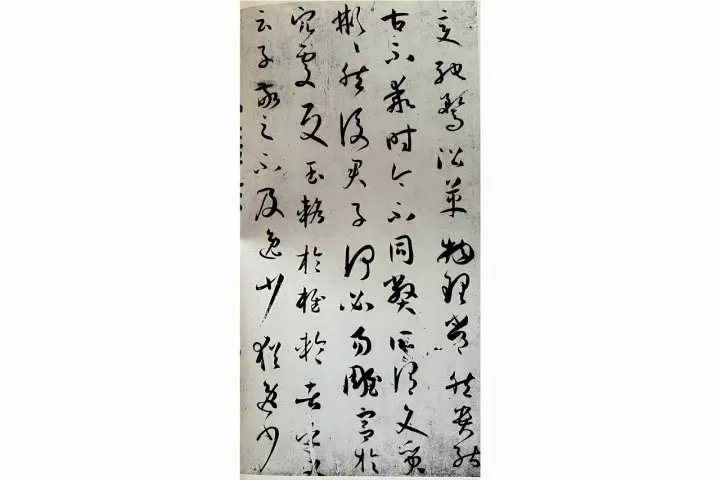
Sosho script. Picture courtesy of Souun Takeda Office
Sosho (cursive script), an abbreviated version of gyosho, has also been used since ancient times. It is believed that gyosho and sosho were made to shorten the time of writing documents.
The Birth of Hiragana
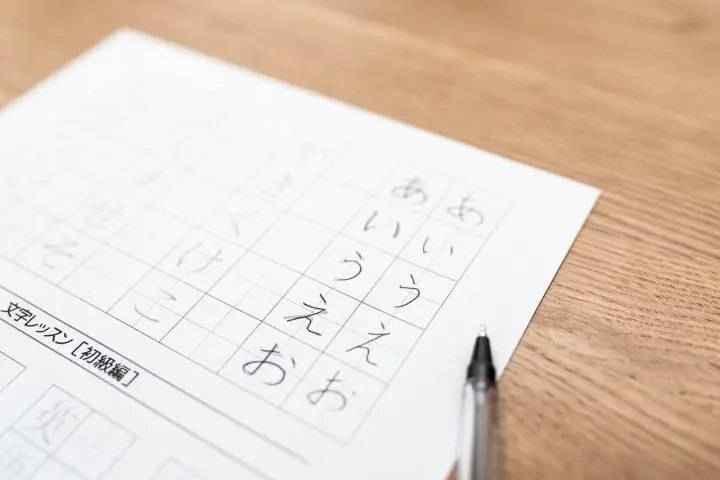
Photo by Pixta
The modern Japanese language uses hiragana (Japanese syllabary) along with kanji (Chinese characters). When did this style come into being?
In the Nara Period (710-794), the kanji were brought in from China along with Buddhism. At the time, characters were scarcely used in Japan (*), so kanji became the official writing system.
In terms of grammar and pronunciation, Chinese and Japanese are completely different languages. But they did have some common sounds, and kanji were forced into Japanese words.
Hiragana characters were created in the Heian Period (794-1185) as an abbreviation of kanji characters.
In this era, diaries and essays were in vogue among the aristocracy, and many female authors appeared. As they mainly used hiragana, this script was called "onna-de" (woman's hand), meaning that these characters were used mainly by women.
Nowadays, the hiragana characters are used widely by the entire population and are the first characters that a child learns when learning to read.
*It was believed that there used to be a vernacular writing system in Japan, but there is no evidence of that today.
The Meaning of Writing
As most people use pens today, the chances to write characters using traditional calligraphy tools have decreased. And with the growth of the internet, even handwriting is becoming scarce.
But the age of speed and rationality is also a time when people are mentally worn down. The importance of calligraphy, which aims to fine-tune the mind through slow, deliberate movements, is more significant now than ever.
I hope to assist this "fine-tuning" process through calligraphy.
Calligraphy of the Day: Kaisho, Gyosho, Sosho
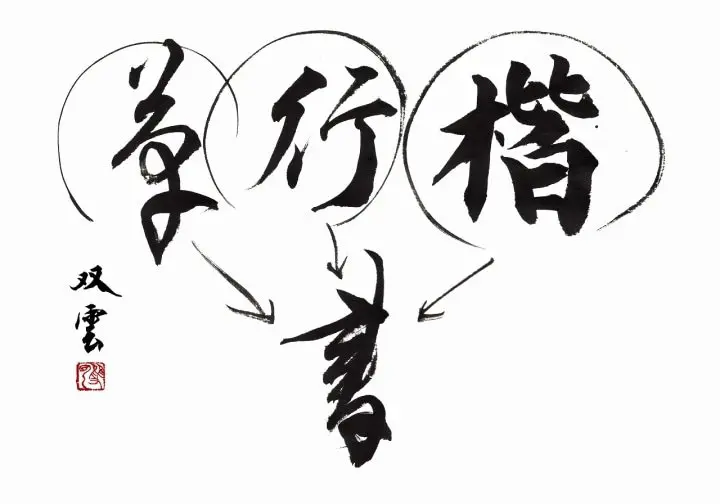
”Kaisho, Gyosho, Sosho” by Souun Takeda. Picture courtesy of Souun Takeda Office
The words kaisho, gyosho, and sosho (from right to left) are written in their respective scripts.
Born in 1975 in Kumamoto. After graduating from the Tokyo University of Science, we worked for NTT, then started his career as a calligrapher. He has produced various title cards for TV programs and movies, including TV series by NHK. In 2020, he held his first individual contemporary art exhibition. Currently, he holds calligraphy workshops and exhibitions all over the world.



























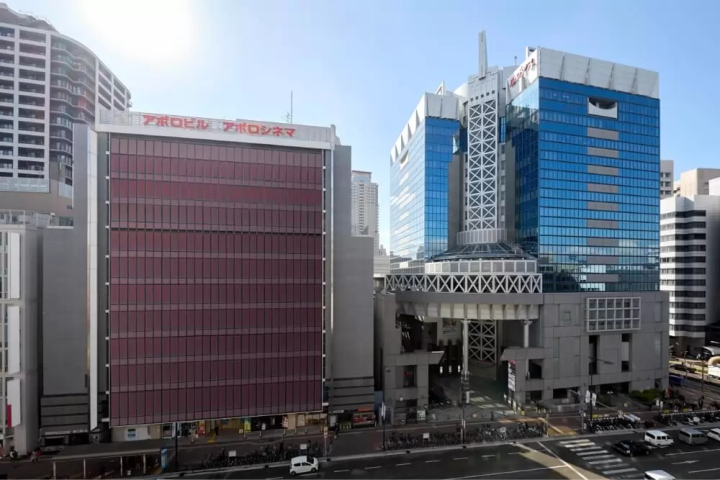
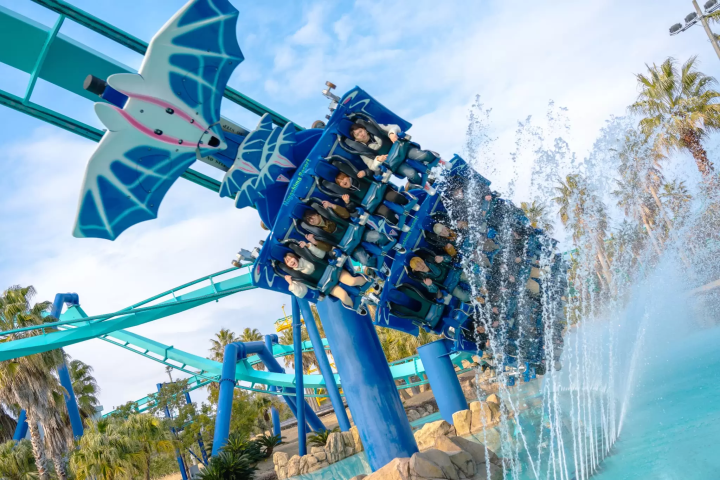
![[Next event confirmed! / Report] “Let’s Eat Tokyo Food”](https://resources.matcha-jp.com/resize/720x2000/2025/12/26-254125.webp)
![[Kanazawa] Enjoy the world of gold leaf to the fullest in the city with the highest production volume in Japan](https://resources.matcha-jp.com/resize/720x2000/2025/11/12-249564.webp)
![[2026] Family Winter Trip to Suzuka Circuit! – For Both Day trips and Overnight Stays!](https://resources.matcha-jp.com/resize/720x2000/2025/12/26-254097.webp)